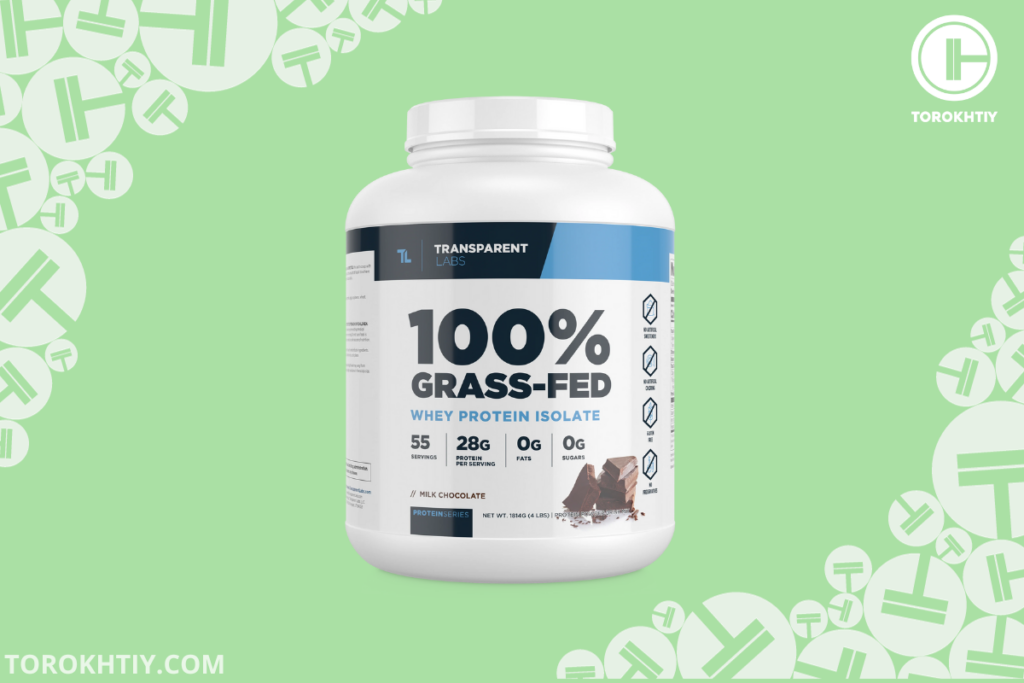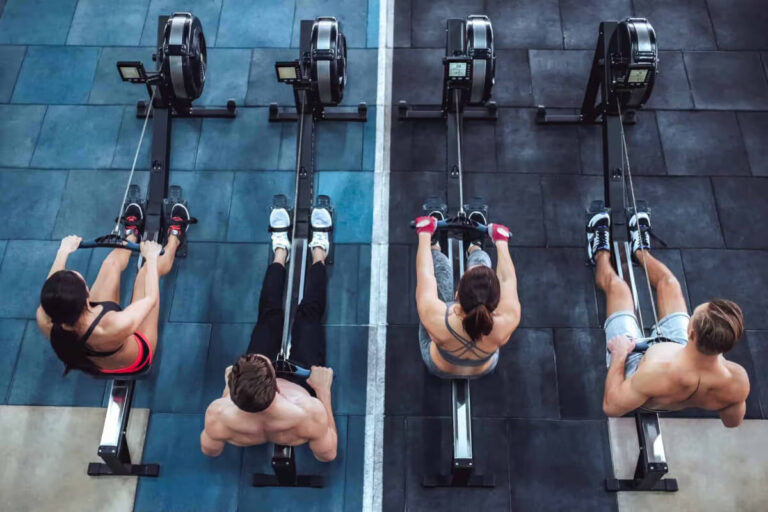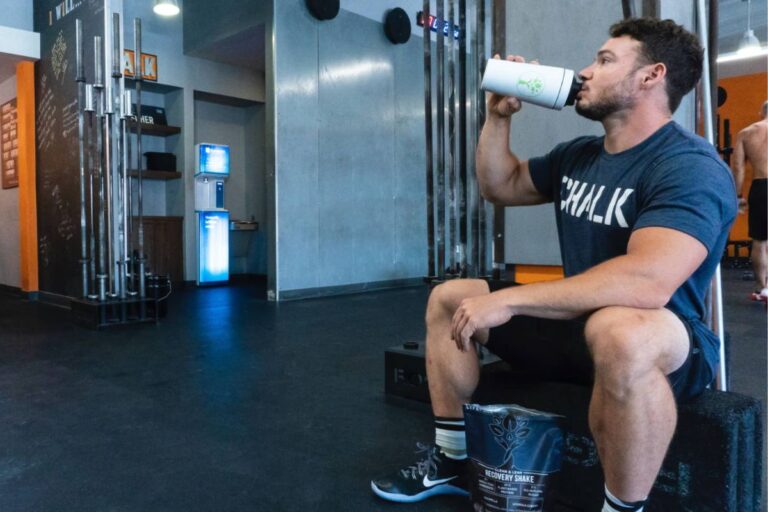Dirty Bulking: All The Dirty & Clean Stuff You Should Know
If there’s one way that can get you to gain weight without considering what you eat then dirty bulking is the way to go. However, dirty bulking may sound simple and fun but before you embark on this journey you should know, does dirty bulking work?
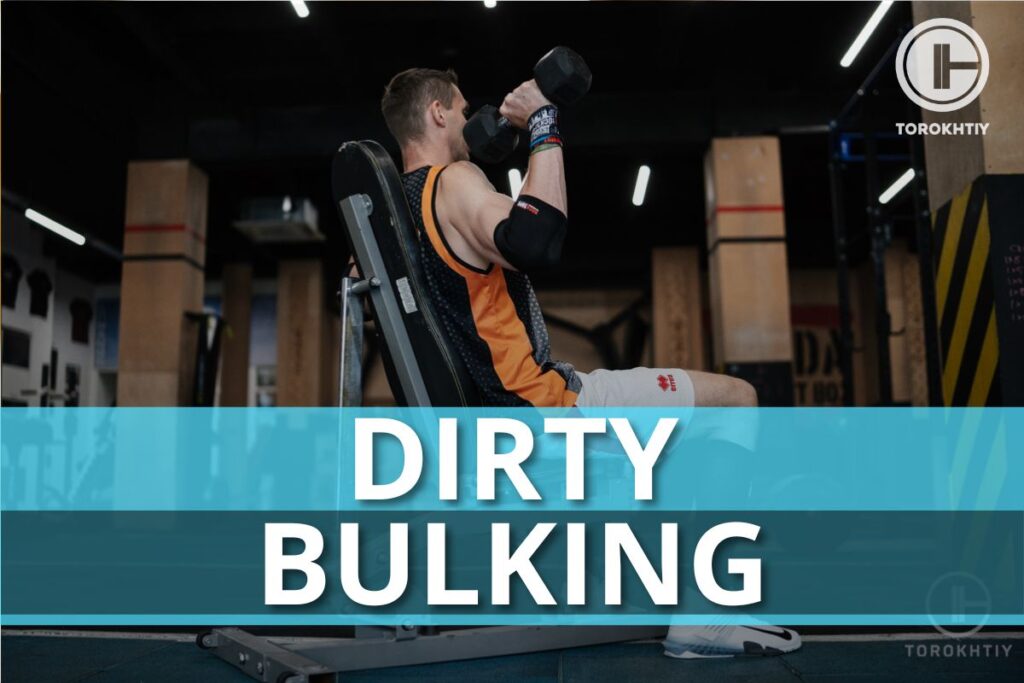
Does dirty bulking work? – Yes, but, like a lot of things in life that are all about getting results easily and quickly, dirty bulking has its advantages and disadvantages. If you’re looking to find out everything there is to know about dirty bulking, keep on reading till the end!
What Is Dirty Bulking?
Dirty bulking is a method of bulking up and gaining weight in bodybuilding. Individuals consume large quantities of high-calorie, low-nutrient(mostly!), and straight-up unhealthy foods with little regard for their nutritional value or calorie content.
The goal of dirty bulking is to increase body weight fast. There’s no distinguishing between muscle and fat gain during this off season. Junk food, fast food, sugary snacks, and high-fat items, everything goes!
The excess calories from ice cream sundaes, large sandwiches, and pizzas is expected to contribute to both muscle and fat gain. The accumulated excess fat can, in theory, be used as an energy source during the cutting phase, which follows the bulking phase.
During the cutting phase, athletes reduce their calorie intake and intensify their training to promote muscle growth and fat loss.
The Dirty Truth About Dirty Bulking (Disadvantages)
While bulking is common among competitive weightlifting and bodybuilding athletes, dirty bulking is viewed with skepticism by experts. They argue that it may not be an effective or sustainable approach in the long term.
Clean bulking, on the other hand, focuses on consuming high-quality, nutrient-dense foods to support muscle growth and overall health, making it a more balanced and sustainable approach for bodybuilders and athletes.
Here are some cons of dirty bulking.

❌ Accumulation Of Excess Fat With Worsening Of Body Composition
Consuming more calories than your body needs results in weight gain, mostly in the form of fat. It can lead to various health issues. These include an increased risk of type 2 diabetes, insulin resistance, heart disease, high cholesterol, and other chronic conditions.
It can also deteriorate your body composition, with the majority of the weight gained being fat rather than lean muscle. Dirty bulking can also hinder athletic performance, making it more challenging to achieve your fitness goals. It can reduce agility, endurance, and overall strength, limiting your capabilities in various physical activities.
But the downside of this fat accumulation extends beyond performance and aesthetics.
❌ Increased Health Risks (Especially In Conditions Of A Very Aggressive And / Or Long Bulking Period)
Dirty bulk results in a diet that’s high in saturated fats, which are quite common in dirty bulking as they pose a substantial risk to heart health. Excessive consumption of greasy, fatty foods can lead to elevated cholesterol levels and other cardiovascular problems.
Such a diet often is also lacking in essential nutrients, vitamins, and minerals. Over time, this can lead to vitamin deficiencies and other health problems, such as stomach issues and low energy levels. It can leave individuals feeling fatigued and with lower testosterone levels. Low energy can hinder workout performance and overall well-being, while decreased testosterone may impact muscle growth and recovery.
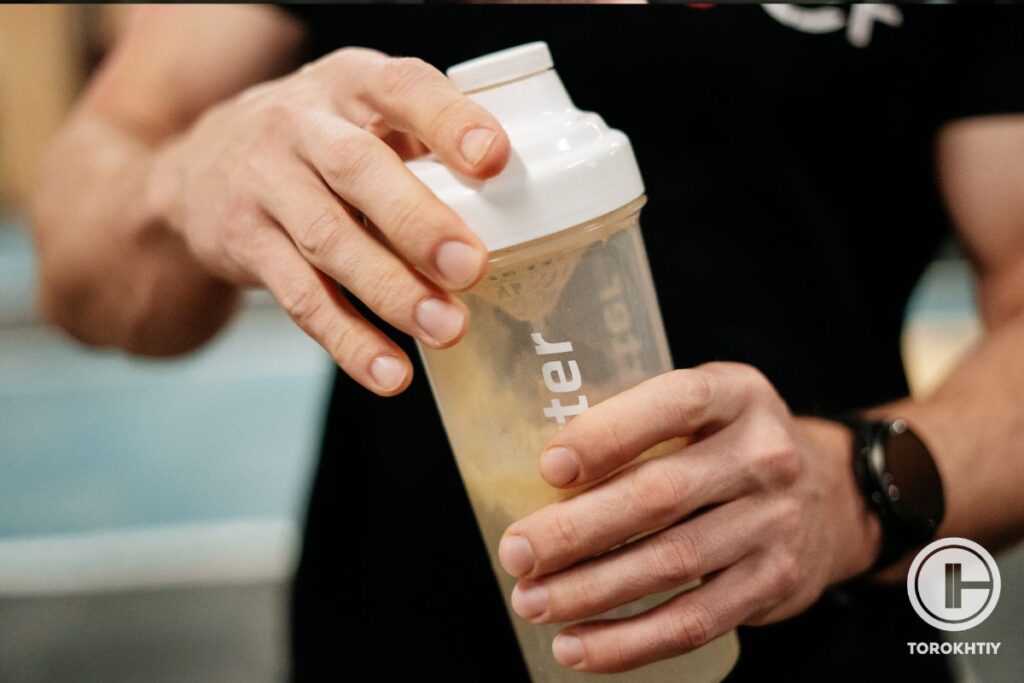
❌Extending The Period Of The Cutting Phase In The Future
Transitioning from a dirty bulk to a lean state post-bulk/cut cycle can be difficult. It takes effort and discipline to reverse weight/fat gain. Plus, it is hardly as effective as clean bulking.
Extending the cutting phase after dirty bulking helps shed excess fat and achieve a leaner physique. It improves aesthetics and promotes health benefits by reducing the risk of obesity-related conditions.
There are some downsides though, such as:
- Metabolism may slow down
- You may lose muscle
- You may experience deficiencies
On the other hand, extended calorie restriction also has its risks. That’s why you should be careful about an extended cutting phase. Do so in a way that prioritizes muscle preservation and balanced nutrition. Don’t hesitate to seek professional guidance.
Your body adapts to repeated cutting phases, making it (potentially) easier to accumulate fat in subsequent cycles. We say potentially because the human body resists catabolic states. Once again there are few, if any, real benefits of maintaining an excessively large caloric surplus during bulking phases.
Other disadvantages of dirty bulking include:
- False Promises: Research on elite athletes shows that while dirty bulking leads to fat gain, there is no difference in lean body mass gain.
- Eating Disorders: Eating without restrictions also can lead to unhealthy patterns like binge eating, which can be hard to reverse over time.
So, if you’re wondering: is dirty bulking worth it? Now you know the disadvantages of dirty bulking (and the benefits of moderate surplus) to make an informed decision.
How To Bulk Up The Smart Way ? (Lean Bulking Strategy)
The bulking phase is a fundamental component of the training regimen for elite power athletes. But it doesn’t have to be extreme. The better “fuel” you put in your tank, the more optimal your performance will be.
1. Be Lean Enough To Begin Bulking Period
Start with evaluating your body fat percentage. Here’s a quick guide:
- 10-15% body fat (for men) or 15-25% (for women) is a good position to begin bulking. This range maximizes muscle growth and can potentially reduce fat at the end of the bulking phase.
- If you’re above these recommended ranges, start with a cutting phase to reduce body fat. This will likely improve insulin sensitivity and overall health and prepares your body for bulking.
If you’re a beginner in between these ranges, you can consider a body recomposition strategy. It involves building muscle and losing fat simultaneously at a steady pace.
2. Stick To A Small To Moderate Calorie Surplus
In lean bulking, precision is crucial. Research suggests that maintaining a calorie surplus of around 250-500 calories per day (5-10% of your maintenance) is ideal. Extended low-calorie periods can hinder your bulk, preventing optimal muscle growth. Training without a surplus is also a roadblock to muscle mass gain. Yet, it can be effective (effective but not optimal for muscle growth) if you are at maintenance levels.
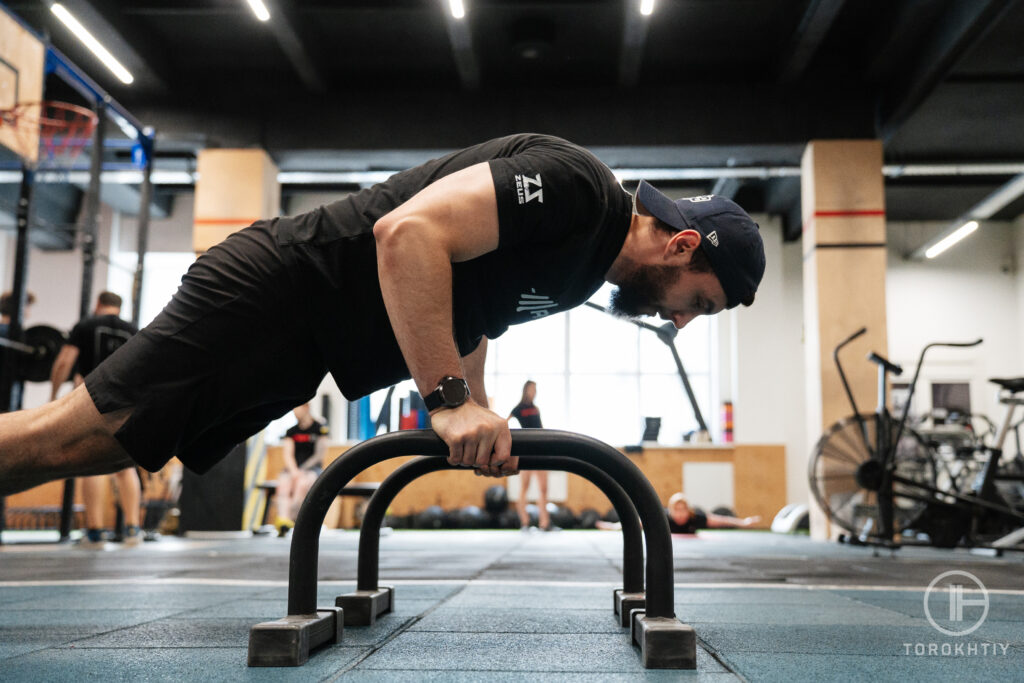
3. Fill Your Diet With Healthy And Nutritious Food (Avoid Overeating Junk, Added Sugar, Sodium, Sugary Beverages… To Reduce Health Risks)
Filling your diet with wholesome and nutrient-dense foods promotes muscle growth. It also reduces health risks.
Avoid
- Added Sugars: Excessive sugar consumption leads to weight gain and insulin resistance.
- Added Fats (e.g. processed peanut butter, chips, and cookies) that besides kcal don’t provide anything else. These contribute to excess calorie intake and unhealthy fat accumulation.
- Processed Foods: Highly processed foods like crackers, fast foods, pasta, and even cured meats often contain hidden sugars and unhealthy fats.
Go For
- Vegetables: Opt for nutrient-dense choices like potatoes, beans, peas, lentils, corn, etc.
- Fruits: Include bananas, mango, and dried fruit.
- Grains: Incorporate whole-grain pasta, quinoa, brown or wild rice.
- Healthy Fats: Integrate nuts, nut butter, seeds, avocados, and olive oil into your diet.
These food choices, especially fruits and veggies, ensure an adequate intake of fiber. The Recommended Dietary Allowance (RDA) for fiber varies with age, gender, and other factors. Generally, a daily fiber intake of 25 grams for women and 38 grams for men is healthy and can be a game changer for some.
4. Eat Enough Protein
Focus on total protein intake that just spreads consumption throughout the day. A balanced distribution has its benefits, but not much more than the overall protein you ingest. Timing also plays some role – post-workout but it’s the last thing to worry about. Total intake>Spreaded across day>Specific Timing.
For optimal muscle repair and growth, incorporate protein sources rich in leucine (e.g. whey protein, post workout). Diversify (with moderation) protein sources, such as lean meat, eggs, cheese, milk, and fish.
Try to get 1.6 to 2.2 grams of protein per kilogram of your body weight, with a potential increase to 2.4-3.0 grams per kg during cutting phases for muscle preservation.
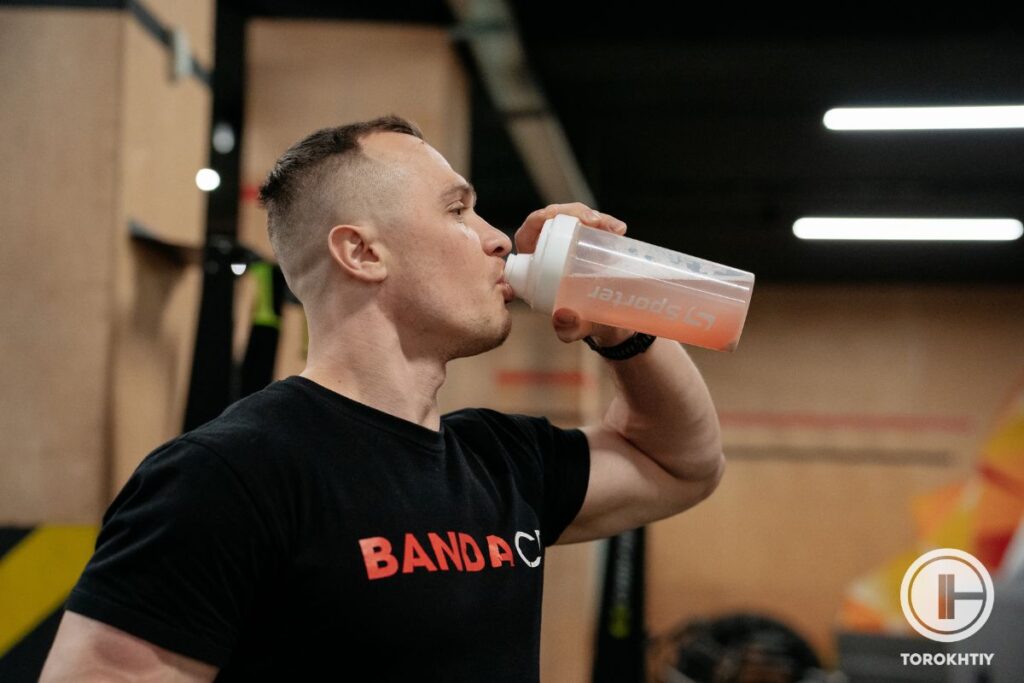
5. Do Strength Training With Progressive Overload
Strength training with progressive overload means that you consistently stress your muscles beyond their comfort zone, which triggers hypertrophy.
The key methods for achieving progressive overload are:
- Increasing resistance little by little – raising intensity
- Performing more reps with the same weight. – raising volume
- Modifying other workout/training variables
Remember, with technique being obvious, the goal is optimal/enough volume and intensity.
6. Sleep For 7 – 9 Hours
Moving on, try to get 7-9 hours of quality sleep each night. For one thing, your muscles repair and strengthen during sleep. Moreover, proper sleep supports essential hormones like testosterone and growth hormone. You will also feel more energized and focused during your workouts.
Most importantly, quality sleep maintains a healthy metabolism and aids in body composition. During your bulking phase (and outside of it as well) sleep deprivation can lead to impaired muscle growth and storing more fat.
7. Control The Rate Of Weight Gain And Adjust Caloric Intake When/If Needed
An optimal daily surplus of 250-500 calories may seem small, but it’s easy to overdo. Monitor your intake and in case you ate a bit more, you can always compensate the next day… No major changes happen overnight!
In addition to tracking weight gain, keep an eye on your waist size. Rapid increases may indicate excessive fat gain. Also, be realistic about the gains you should look forward to.
Here’s what you can expect:
- Beginners:
- Men (1-1.5% body weight ~1.5-2.5 lb)
- Women (0.5 0.75% body weight ~0.65-1 lb)
- Intermediate:
- Men (0.5-0.75% body weight ~0.75-1.25 lb)
- Women (0.25-0.375% body weight ~0.325-0.5 lb)
- Advanced:
- Men (0.25-0.375% body weight ~0.375-0.625 lb)
- Women (0.125-0.1875% body weight ~0.1625-0.25 lb)
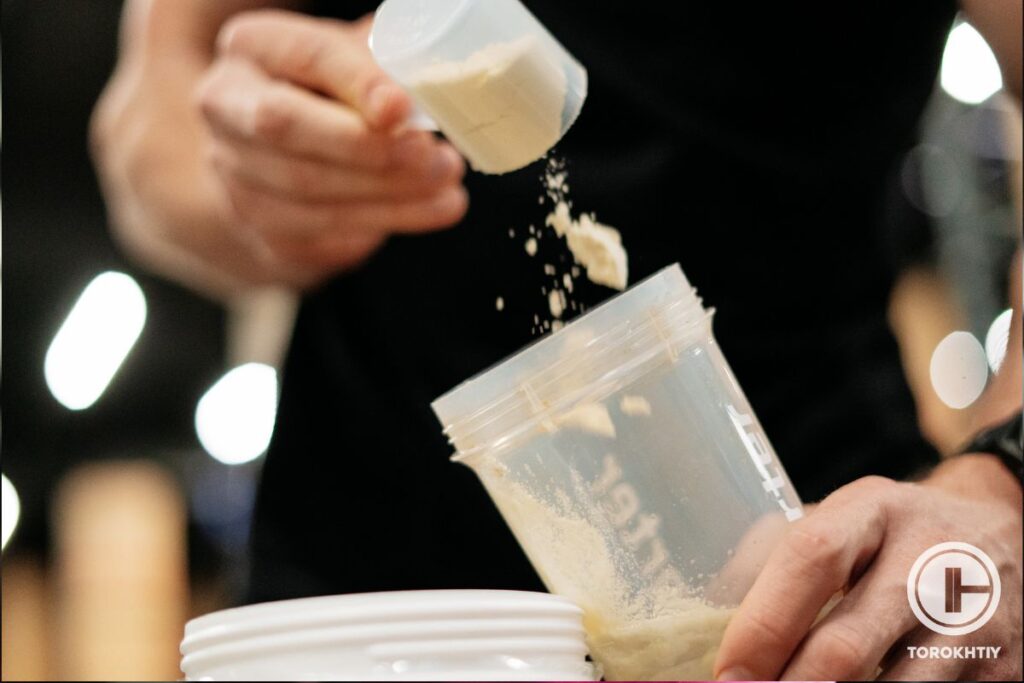
8. Stop Bulking In Time
You cut as much as you need, and sometimes, you need to do it aggressively. In most cases, however, we recommend healthy, small, and sustainable deficits till you reach your desired weight/body composition. This can take eight weeks to a year+. It varies between people. The same is true for bulking.
Stop when you’re comfortable with your appearance or have reached your desired body composition. Remember, it’s not just about looks; your well-being matters.Recognize that bulking takes time, set realistic expectations, and prioritize your health for optimal long-term results. Keep in mind that when you will reach your desired weight with bulking – you will lose some of it when you try to lower your bodyfat % so it might be a good idea to add some extra pounds and let that new bodyweight “sit” for a while. Take advantage of being heavier with weight training 🙂
Protein We Recommend – Transparent Labs Whey Protein Isolate
If you’re looking for the best whey protein in terms of nutritional quality, unambiguous labels, tested ingredients, and nothing artificial, Transparent Labs Whey Protein Isolate is the way to go.
Their whey isolate protein powder is sourced from grass-fed cow milk, though it is available in only two flavors. The carbs and fats stay within the 1 gram per serving. You’re receiving an extremely good product with an excellent macro profile for growing muscle.
Transparent Labs clearly takes great care while producing their whey protein isolate. Their goods are made in the United States at a facility that has been certified to meet FDA Good Manufacturing Practices (GMP) criteria for food and nutritional supplements.
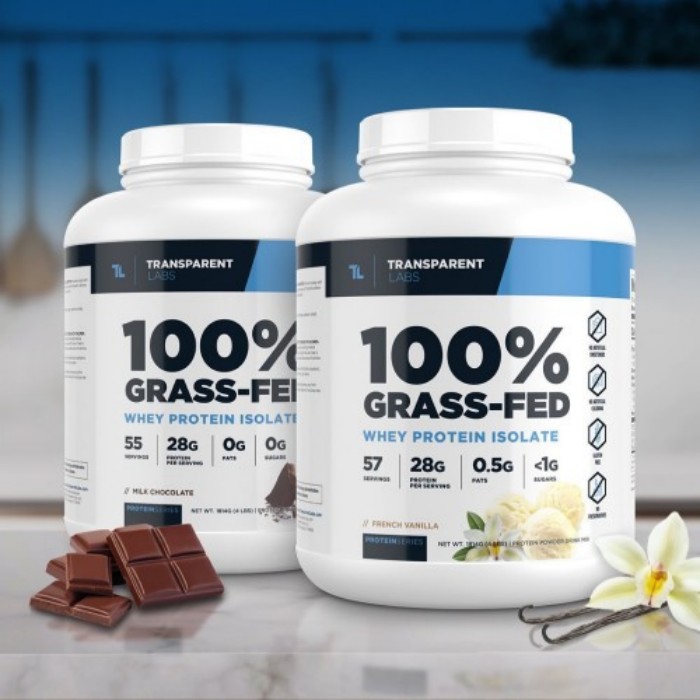
Photo by @transparentlabs
The two flavors, Milk Chocolate and French Vanilla, taste fantastic, which makes this an ideal whey protein to enjoy while bulking up. Because it has no artificial sweeteners, it’s not overly sweet.
The mixability is also very good. The powder combines well with milk and does not leave any noticeable dregs.
Transparent Labs’ don’t skimp on quality, which makes it our recommended whey protein! However, this product is pricey at almost ~$1.8 per serving. However, for this price, you get a top-quality 100% grass-fed whey protein isolate to put some muscle on your bones!
Positives:
Could be better:
FAQ
Is Dirty Bulking Just Getting Fat?
Not really! While clean bulking emphasizes healthy foods and lean muscle gain, dirty bulking involves aggressively consuming calorie-dense foods. This is done to rapidly increase overall size, which mostly results in gaining fat and muscle together.
Should I Avoid Dirty Bulking?
If you’re wondering: is dirty bulking bad? The answer is yes! Long-term dirty bulking can harm your health, leading to issues like excessive fat gain, sluggishness, and abnormal health markers. It’s best as a short-term approach only if needed. Try to avoid it if possible and aim for a small and nutrient dense calorie surplus for bulking.
Is 500 Calorie Surplus Too Much?
No, because a daily surplus of 250-500 calories promotes bulking while minimizing fat storage. It aligns with the recommended surplus for a clean bulk.
What Are The Best Dirty Bulking Foods?
A lot of people wonder how to dirty bulk with good food choices? Dirty bulking is “dirty” by definition 🙂 so again, we don’t recommend it, and you should stick to kcal dense nutrient dense foods, but… here are some kcal dense foods for dirty bulking you can grab every now and then:
- Breakfast cereals
- Peanut butter
- Cereal bars
- Baked items
- Pizzas and burgers
- Milkshakes
How Long Should You Dirty Bulk For?
Long term dirty bulking can lead to health problems. If you are bulking fast for a specific event, monitor yor health markers. In all other cases, we recommend against it.
Should You Dirty Bulk?
No, because rapid and excessive fat accumulation can lead to heart disease, diabetes, cancer, joint problems, and even mental health issues.
Conclusion
Now that you know the disadvantages of dirty bulking, you can make an informed decision whether it’s the right way for you to gain mass. Of course, you can also go for the smart way to bulk up. It may require you to be more strict in regards to your diet, but in the long run, it’ll be good for your overall health.
You can include our recommended Transparent Labs Whey Protein Isolate in your daily routine to boost the protein intake. You can use this in your dirty bulking meal plan as well to make all sorts of smoothies and shakes.
So, what are your thoughts on the whole dirty bulking method? Do you consider the benefits of dirty bulking to outweigh the disadvantages? Let us know in the comments below!
Let us know in the comments section below, and if you have any queries, please do not hesitate to send us your queries!
Also read:
- Best Tasting Weight Gainer
- Best Cheap Mass Gainer
- Mass Gainer Side Effects
- Weight Gain Shakes
- High Calorie Bulking Breakfast
- Is Pizza Good for Bulking
- Natural Sources of Electrolytes
- Can You Do Cardio While Bulking
References:
- Daniel Preiato, “Dirty Bulking: Everything You Need to Know”, Healthline, https://www.healthline.com/nutrition/dirty-bulking (accessed October 23rd, 2023)
- Tony Lu, “Dirty Bulks: Your Complete Step-by-Step Guide to Weight Gain”, Medium, https://medium.com/grad-excel/dirty-bulks-your-complete-step-by-step-guide-to-weight-gain-254ca40fd898 (accessed October 23rd, 2023)
- Ina Garthe, “Effect Of Nutritional Intervention On Body Composition And Performance In Elite Athletes”, PubMed, https://pubmed.ncbi.nlm.nih.gov/23679146/#full-view-affiliation-1 (accessed October 23rd, 2023)
- Olivier Poirier-Leroy, “Dirty Bulking: How to Do It, Pros, Cons, and the Best Foods to Eat”, YourWorkoutBook, https://www.yourworkoutbook.com/dirty-bulking/ (accessed October 23rd, 2023)
- Juma Iraki, “Nutrition Recommendations for Bodybuilders in the Off-Season: A Narrative Review”, https://pubmed.ncbi.nlm.nih.gov/31247944/ (accessed October 23rd, 2023)
- Rian Evans, “Dirty Bulking: Why You Need To Know The Dirty Truth!”, https://www.bodybuilding.com/content/dirty-bulking-why-you-need-to-know-the-dirty-truth.html, (accessed October 23rd, 2023)
Why Trust Us?
With over 20 years in Olympic Weightlifting, our team does its best to provide the audience with ultimate support and meet the needs and requirements of advanced athletes and professional lifters, as well as people who strive to open new opportunities and develop their physical capabilities with us.
By trusting the recommendations of our certified experts in coaching, nutrition, dietology, and sports training programming, as well as scientific consultants, and physiotherapists, we provide you with thorough, well-considered, and scientifically proven content. All the information given in the articles concerning workout programming, separate exercises, and athletic performance, in general, is based on verified data. We ensure that you can rely on our professionals’ pieces of advice and recommendations that can be treated as personalized ones which will benefit you and fully meet your needs.
The product testing process is described in more detail here
Author: Jacek Szymanowski
Certified Nutritionist,
M.Sc.Eng. Biotechnology
Performance Architect,
Strength and Conditioning Specialist
With over 30 years of fighting experience, specialization in nutrition coaching for athletes, and expertise in metabolic health and dietary strategies, Jacek offers a comprehensive approach to optimizing your performance and well-being. Backed by a Master of Science degree in Biotechnology, Jacek remains at the forefront of scientific advancements, ensuring that his coaching is always evidence-based and up-to-date.

